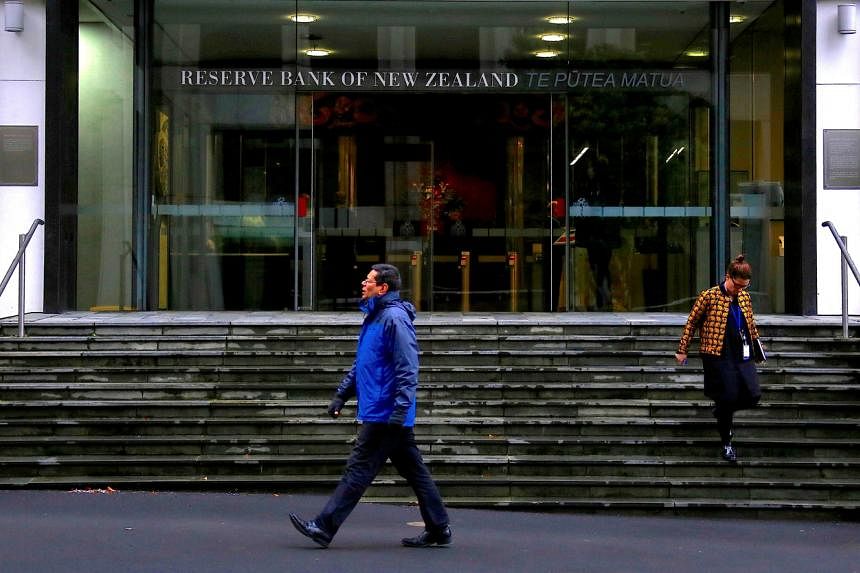WELLINGTON (BLOOMBERG) - New Zealand’s central bank raised interest rates by half a percentage point for a third straight meeting and said it will continue to tighten policy “at pace” until it’s sure inflation is contained.
The Reserve Bank of New Zealand (RBNZ) increased the official cash rate (OCR) to 2.5 per cent from 2 per cent Wednesday (July 13), as expected by all 20 economists in a Bloomberg survey.
The RBNZ is ahead of most other central banks in lifting borrowing costs to tame inflation, taking its benchmark rate above neutral, which it deems to be 2 per cent.
The extent to which it applies the brakes on New Zealand’s economy will be watched closely by investors around the world, who view it as the canary in the coal mine as recession risks mount.
The New Zealand dollar fell after the decision.
It bought 61.18 US cents at 2.45pm in Wellington, down from 61.29 cents beforehand.
More hikes coming
The RBNZ said it remains “comfortable” with the projected path of the OCR outlined in its most recent forecasts in May. Those projections show the benchmark rate rising to about 4 per cent next year.
The central bank is in the midst of its most aggressive tightening cycle since the OCR was introduced in 1999. Starting in October last year, it has now lifted the rate by 225 basis points.
When it unexpectedly raised by 50 basis points in April, it presaged a shift to more aggressive tightening by other central banks.
The United States Federal Reserve hiked by 50 points in May and 75 points in June, and could deliver another jumbo move at the end of this month.
The Bank of Korea also raised by 50 points on Wednesday and the Bank of Canada may opt for 75 later on Wednesday.
New Zealand inflation is running at 6.9 per cent, the fastest in 32 years.
The RBNZ’s May forecasts show it slowing to 3 per cent in the second half of 2023 from a peak of 7 per cent this year. It is not seen returning to the 2 per cent mid-point of the bank’s 1 per cent to 3 per cent target band until 2025.
The RBNZ noted on Wednesday that the decline in the New Zealand dollar is driving up import prices.
“There is a near-term upside risk to consumer price inflation and emerging medium-term downside risks to economic activity,” it said.
While unemployment is at a record low of 3.2 per cent amid a labour shortage, economists say the risks of a recession in 2023 are mounting as higher borrowing costs hurt consumer and business confidence and house prices decline.

